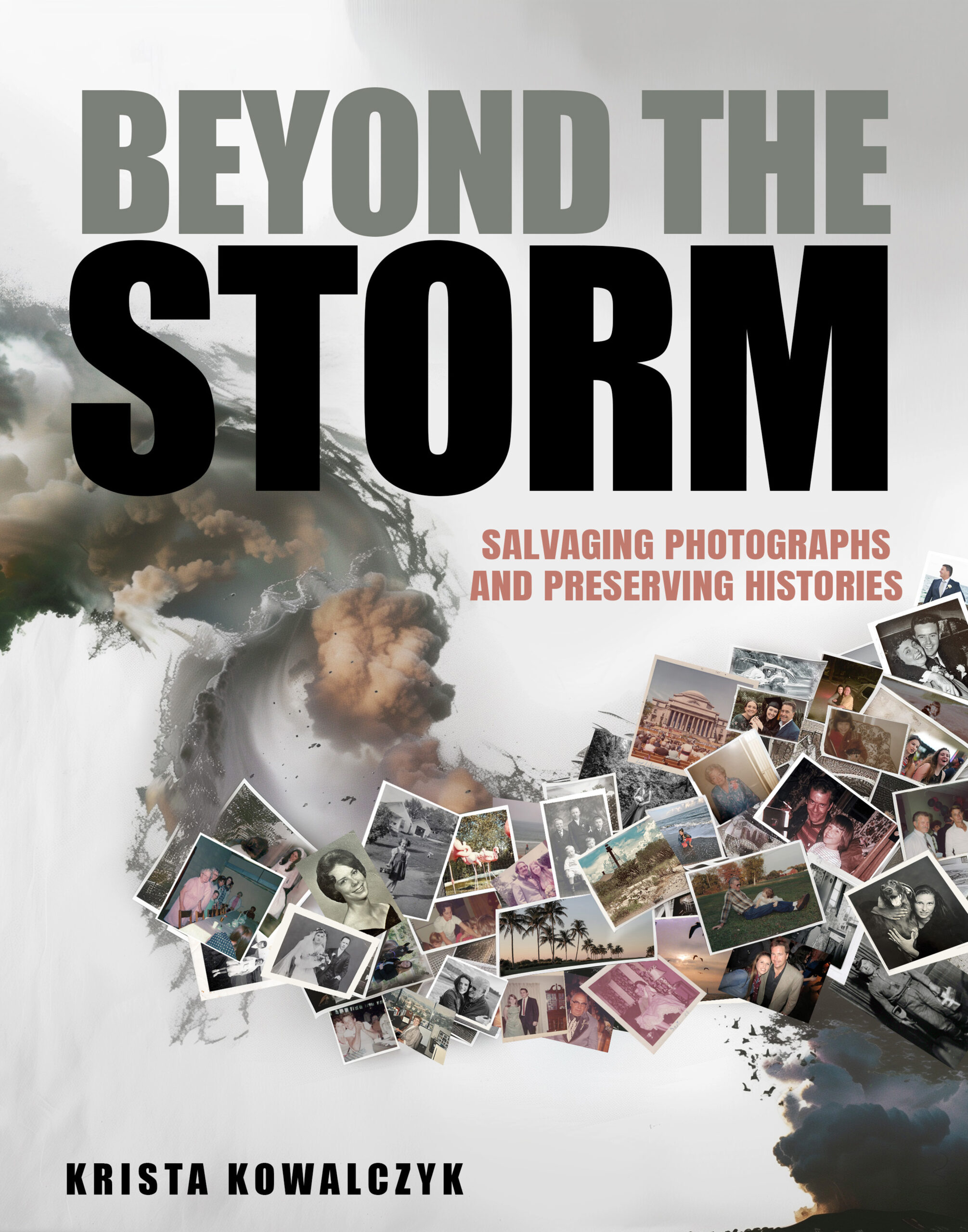(Without It Turning Into a Stressful Weekend Project)
If you’ve ever visited a parent or grandparent only to be handed a bulging album, a shoebox full of loose prints, or a decades-old scrapbook, you’re not alone. Most of our older loved ones have some sort of photo collection and more often than not, they don’t know what to do with it.
Maybe they want to pass it down, but they’re not sure where to start. Maybe it’s become a burden they feel guilty about. Or maybe they just want someone to sit beside them and listen to the stories.
Helping them doesn’t have to be overwhelming. In fact, it can become one of the most meaningful things you do together.
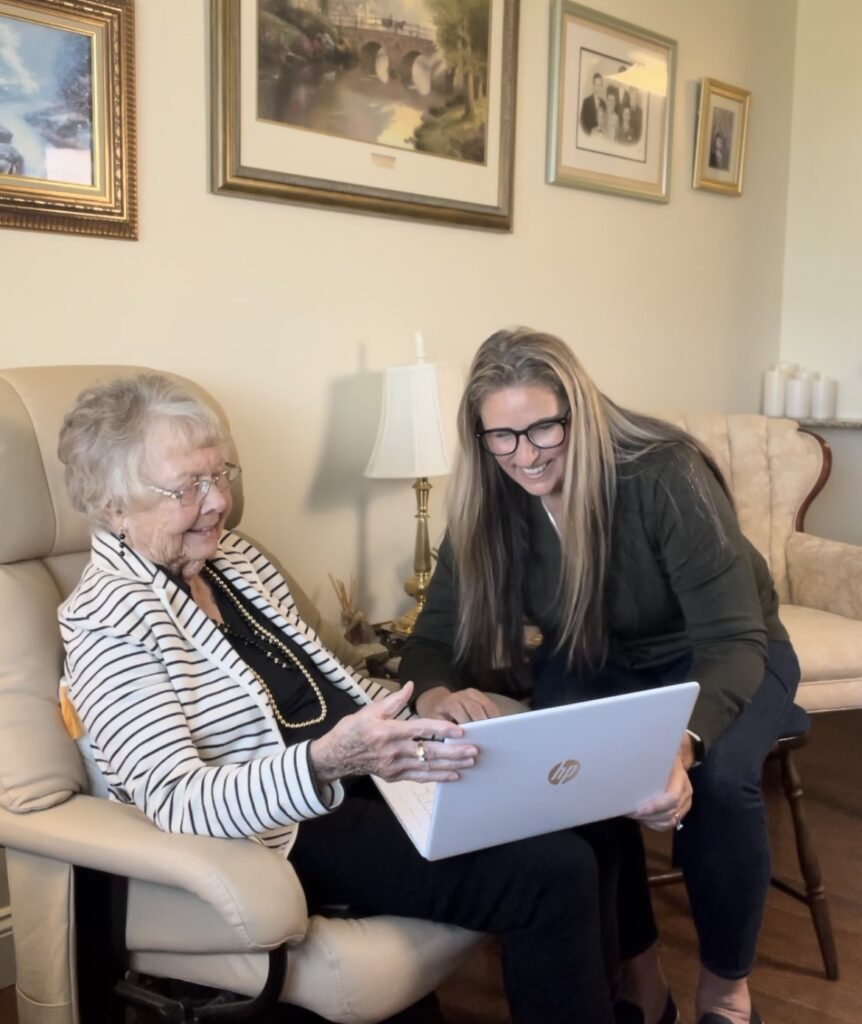
I actually spent a few days with my mother-in-law Kit helping her to get her photos organized. I was helped her to implement several organizing strategies that I teach here, but I also learned a lot from that time with her. Here are some things I think are important for you to keep in mind as you dive into a project with a loved one.
Step One: Make Space for Storytelling First
Don’t start by organizing. Start by connecting.
Bring coffee. Sit down. Start a conversation about the photos. Ask questions like:
Do you have a favorite photo?
Is there a photo that is most meaningful to you?
Ask them to share the story behind each photo. Let them share all of the details. Record it if they’re willing (your phone’s voice memos work great).
This small gesture makes it feel less like a task and more like a walk down memory lane. And the information you gain can be just as valuable as the photos themselves.
Step Two: Set Small, Simple Goals
Don’t tackle the whole attic. While I definitely suggest gathering EVERYTHING for most photo organizing projects, when it comes to working with parents and grandparents we don’t want to overwhelm them or give them any reason to throw in the towel. We want this to remain enjoyable as we go.
You could try:
“Let’s pick 25 photos that mean the most to you. We can start with that.” “Or let’s select one photo album that you would enjoy looking at together”
It removes the pressure and gives you a focused way to help them reflect and prioritize.
Step Three: Create Sorting Piles or Envelopes
Bring envelopes, sticky notes, or small bins. Then you could start some basic categories together:
- Keep & Scan (the must-saves)
- Duplicates to Share (cousins, siblings, grandkids)
- Unknowns (they’re not sure who’s in the photo)
- Discard (blurry, damaged, or meaningless)
This turns a mountain into manageable hills.
Step Four: Talk About Preservation Options
This is a good time to gently talk about why it’s important to back things up.
Try:
“Wouldn’t it be amazing if everyone in the family could have a copy of these?”
or
“If something ever happened to the originals, I’d love to know we had a safe version saved.”
They don’t have to understand all the tech. They just need to know you’ve got them.
While working with my mother-in-law I used the Photomyne app for some of the photos. She loved instantly seeing the photo on her phone and seeing a black and white photo turned into a color photo really made her smile too.
(if you need help digitizing, I teach a whole system that walks families through using the Photomyne app and easy scanners – check it out here.)
Step Five: Make It a Bonding Project, Not a Burden
This process should never feel like a chore or a checklist. It’s about legacy. It’s about listening. It’s about honoring their memories while helping them protect what matters.
You might cry. You might laugh. You might discover something surprising.
It’s okay if it takes time.
And it’s more than okay if you don’t finish.
Sometimes the goal isn’t to finish, it’s just to begin.
A Little Help Goes a Long Way
If you’re doing this now (or thinking about it), I’ve created a free Photo Resource Guide to help you every step of the way, from sorting to scanning to storing. You can download it here.
And if you need extra encouragement?
My book Beyond the Storm shares stories of real people who saved their most meaningful photos—plus tips to help you do the same for your family.
Part memoir, part practical guide, "Beyond The Storm" delivers emotional, real-life stories while providing invaluable tips for digitizing, organizing, and protecting your own precious memories before disaster strikes. This book is a must-read for anyone who values the power of photographs and the stories they tell. Perfect for fans of "The Life-Changing Magic of Tidying Up" and "Hold Still," it’s a call to action—reminding us that even in the wake of destruction, our most cherished moments can still be saved.
Helping your loved ones protect their memories:
That’s a gift that will outlast you both.
Since that time I spent with my mother-in-law, Kit, she has since passed away. She was 98 years old at the time of her passing. Kit lived a fabulous life filled with great memories. Her photo collection is a testament to that. Today I am more thankful than ever that I collected her stories and helped her with her photo memories when I did. That collection now lives in my home. It’s a decorative group of eclectic photo albums that have meaning because I spent that time with her years ago. I encourage everyone to also take the time today to learn more about your parents or grandparents photo collection. I promise you that effort will grow in value over time.
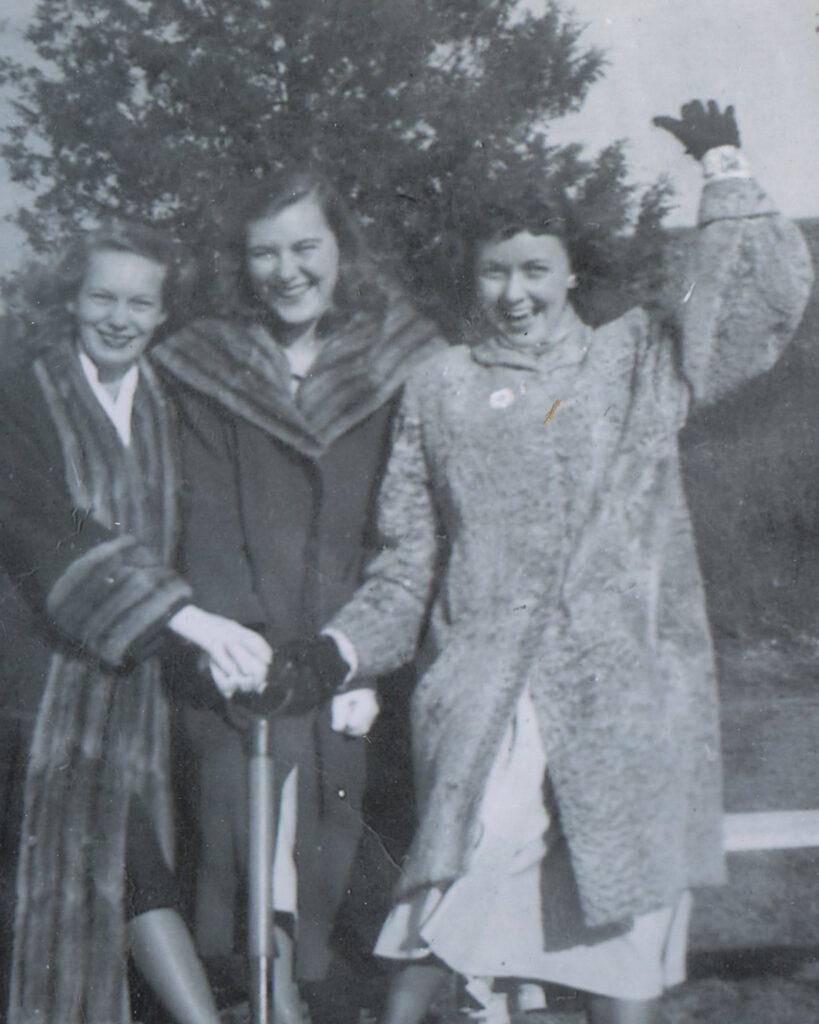

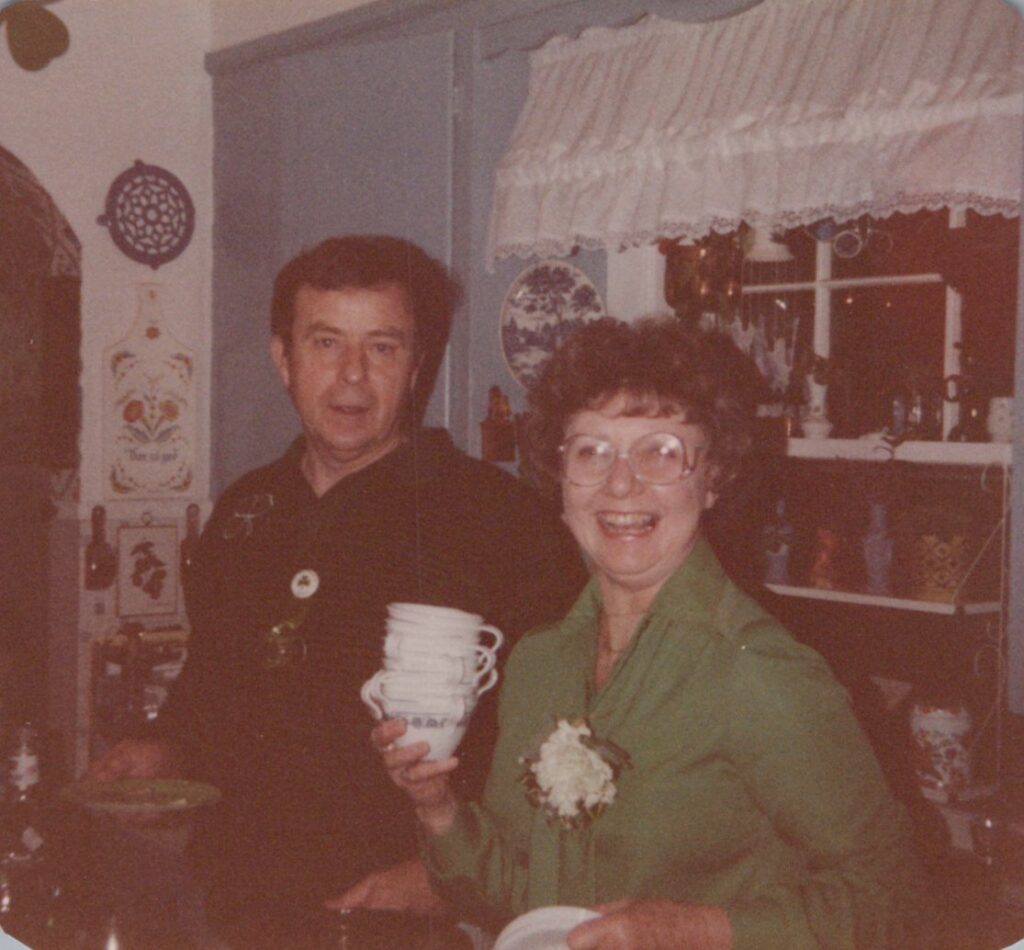
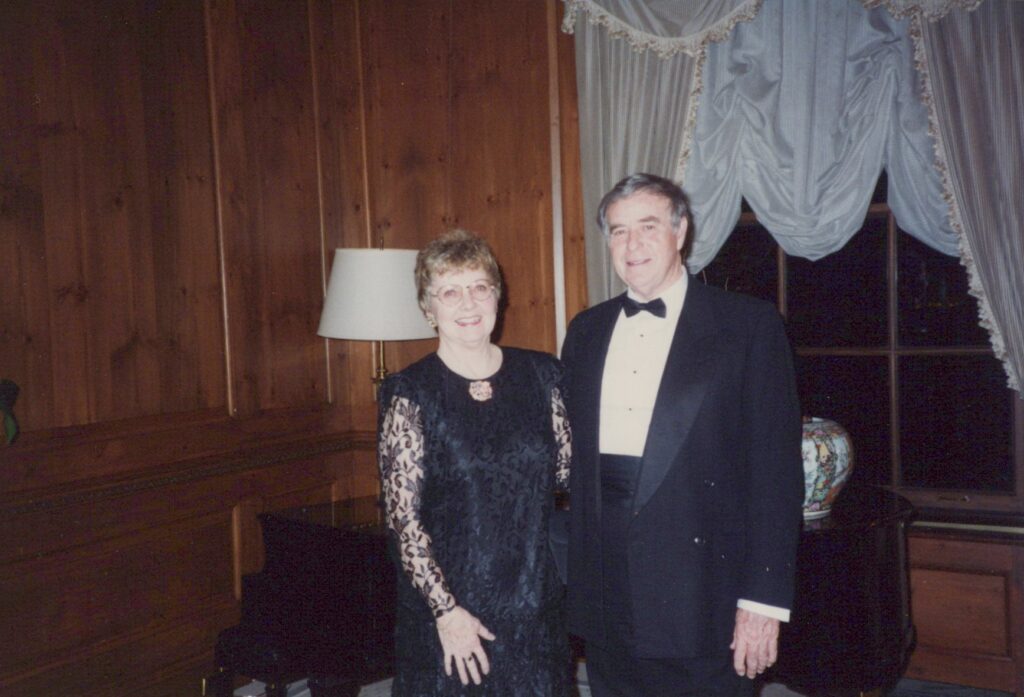
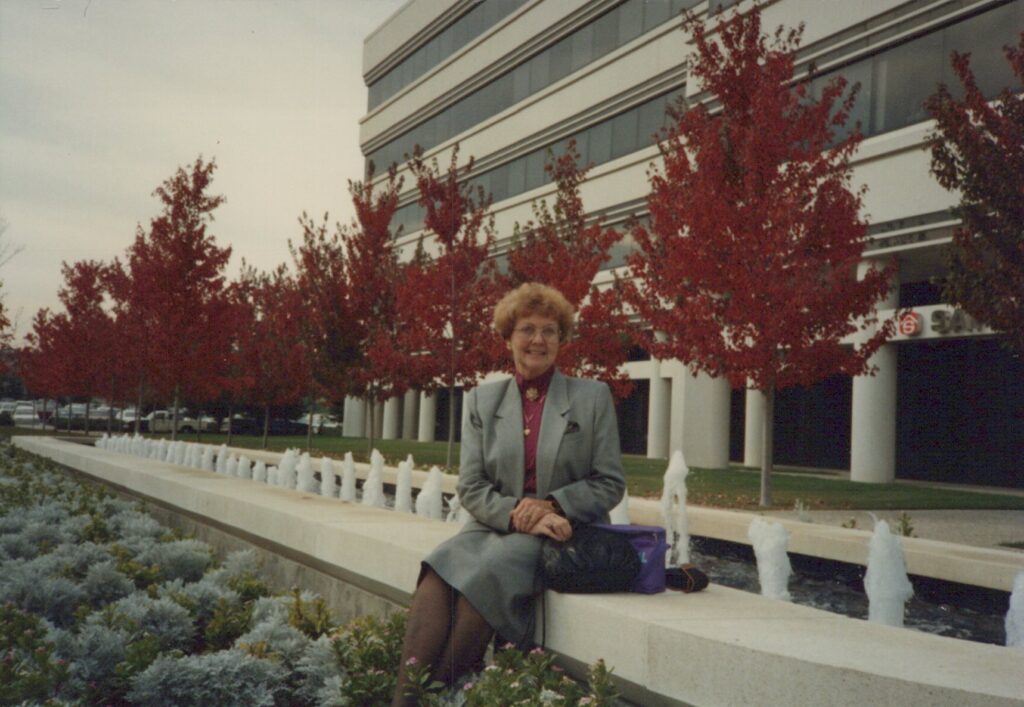
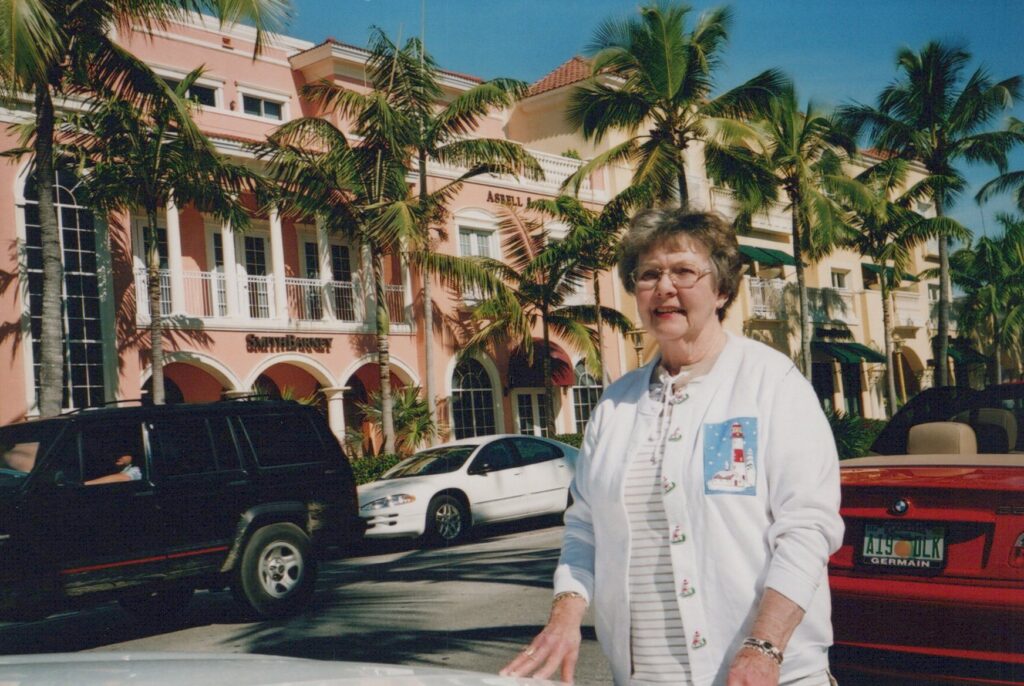
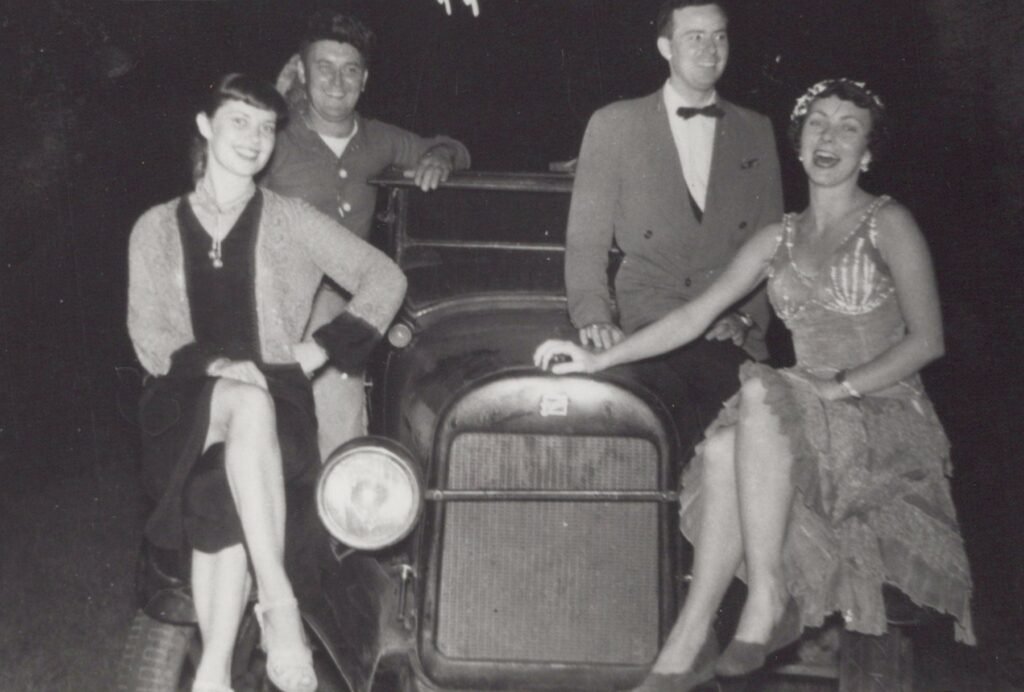
And if you are looking for even more help with your photos:
👉 Grab my free Photo Resource Guide – it’s packed with tools, apps, and simple steps to get started.
👉 Check out my book, Beyond the Storm – a powerful blend of true stories and practical advice for safeguarding your photos.
👉 Want to dive deeper? My online course will walk you through organizing and scanning a lifetime of print photos.

